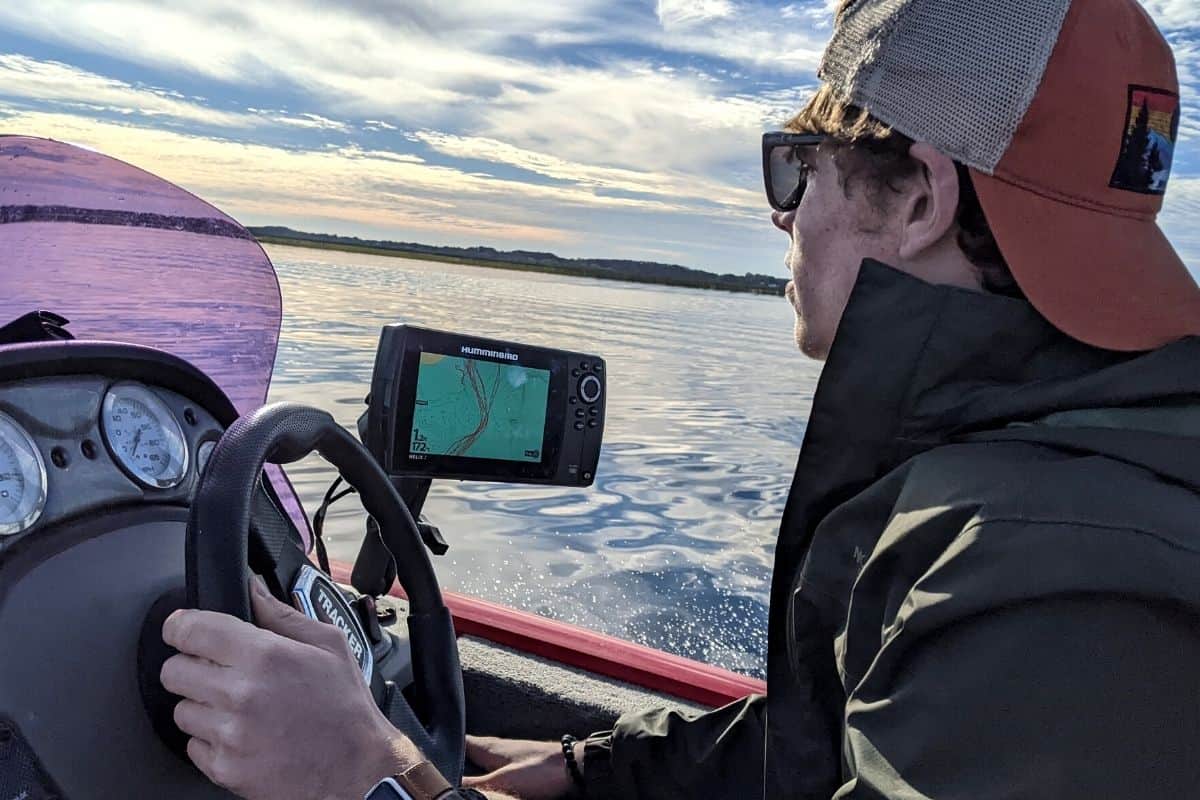Anglers getting into bass fishing want to experience success as soon as they can. The time of day plays an important role in an angler’s love and passion for the sport.
Lowlight periods are high percentage times to catch bass. Both largemouth and smallmouth are more likely to roam and leave hiding places that protect them from intense sunlight.
To maximize angler success, there are lures and presentations that are best utilized during these lowlight periods.
Bass Behavior During Lowlight – Why We Need to Understand It
Bass lack eyelids. This single factor determines where they sit much of the time.
When the sunlight is absent, filtered by clouds, or at minimum intensity, the bass are more apt to leave the protection of shade-producing cover and actively roam.
The distance that a bass is willing to travel to strike a lure is much greater during this time as well. For these reasons, bass anglers should utilize presentations and lures that cover water.
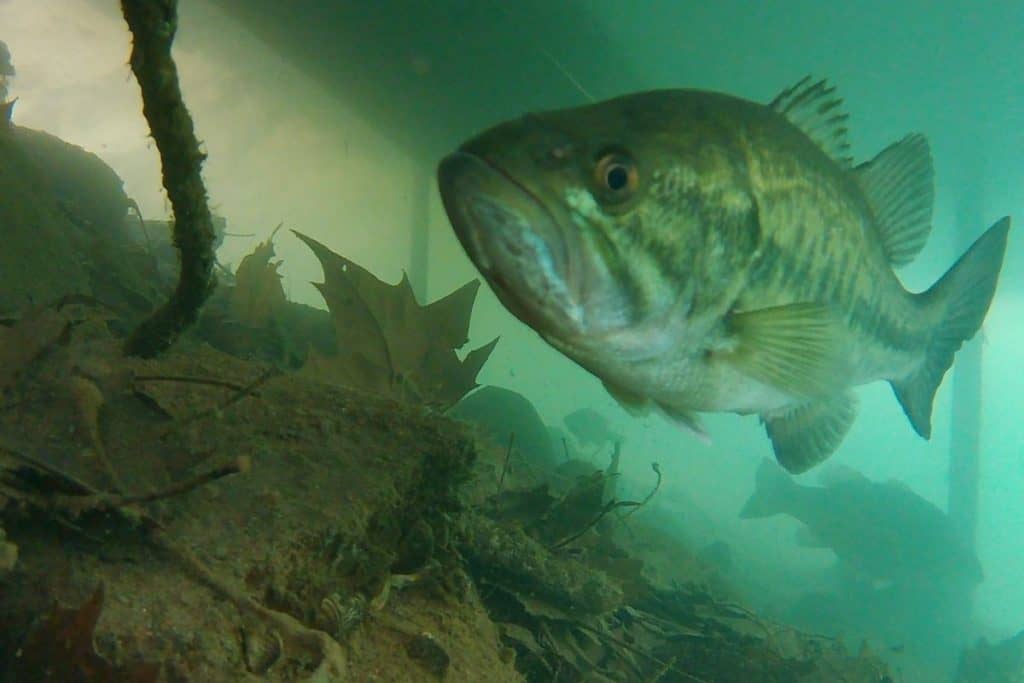
What Does it Mean to Cover Water When Bass Fishing?
During lowlight periods, we want to find bass as fast as we can. This is the time when lures that maximize a horizontal presentation are best.
These types of lures include things like topwaters, spinnerbaits, crankbaits, swim jigs and swim baits, and some bottom bouncing presentations like a Carolina rig.
It is critical to keep in mind that covering water “fast” does not necessarily mean the lure is moving “fast.” There are times when burning a squarebill crankbait does fit that image, but horizontally presented lures inherently cover water quicker than a bottom bouncing lure like a jig or Texas-rigged worm.
Think “Search” When Covering Water
This “searching” mindset is important when fishing. Especially when covering water during low-light periods.
The goal that an angler should have is getting a bass to reveal themselves. This may not always result in catching the fish. The bass may pull out from the depths and follow the lure for a bit, they might slash at it and miss, or they may see it and dart away. The result is the same – the angler now knows where fish are. Once the “searching” has been successful, bass anglers can now focus on the right lure and presentation to catch. This may or may not be the same lure that was used to find them.
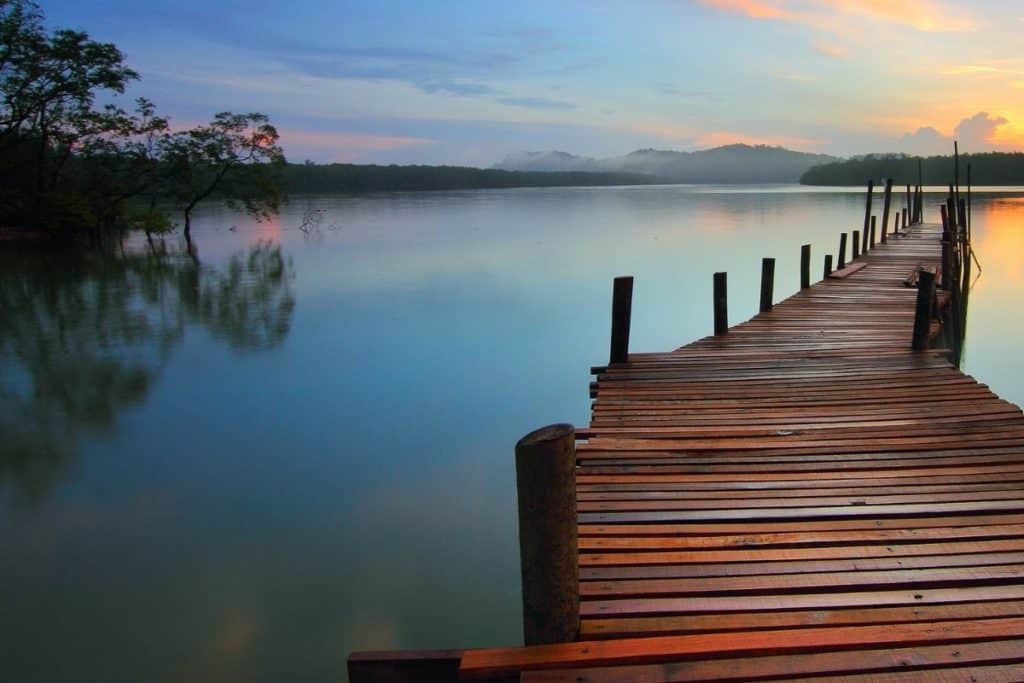
How to Adjust As the Sun Comes Up When Bass Fishing
Unfortunately, most days see lowlight for only a short time. The exceptions would be those overcast days, but often these are accompanied by wind and rain and many anglers prefer not to deal with the elements.
As that sun creeps higher in the sky, be watching for the shadows.
These protected areas are going to keep getting smaller and smaller. The bass will adjust with the movement of the shadows. This may mean getting up under docks, burying up into brush, or sliding into the depths of vegetation.
Following the shade line is also a great tactic. The long shadows cast by trees and overhanging brush have a distinct edge to them. As this edge shrinks, keep fishing those horizontally presented lures along that edge. I have used this tactic many times with great success as “lowlight” fades away.
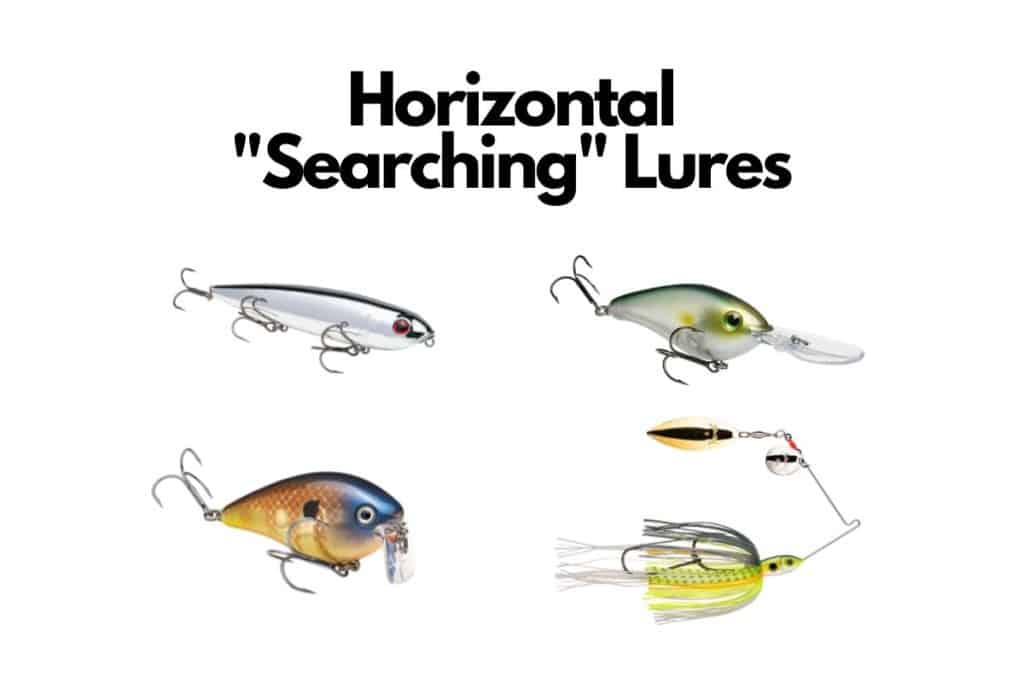
Water Clarity and Its Impact as Lowlight Vanishes
The turbidity of the water has a significant impact on how deep bass will go.
If you are fishing waters that are very clear, bass have the option of not only getting under shade-producing cover as the sun climbs in the sky, but they also have the option of going deep.
My home lake has a clarity of twenty feet or more in the summer. I can go from catching bass super shallow at sunrise to drop shotting bass in thirty feet of water at 9 am.
If the waters you fish are dirty and visibility is limited, then the bass are often going to be quite shallow most of the time.
The fish will also pull up against hard cover and structure. Think about your home when the power goes out at night and the light is gone. Our instinct is to reach a hand out and touch the wall so we can navigate our home safely. The bass will do the same thing.
Does This Mean Bass Fishing is Over When the Sun is Up?
Lowlight periods may be the best time to bass fish because our odds of finding roaming largemouth and smallmouth go way up, but I prefer to fish in the middle of the day when the sun is high.
Why?
It moves the bass into predictable places.
When the bass are out and roaming around the amount of water they could be in increases exponentially. When the sun is high and they seek out shade, now I have a great idea of where they will be.
The intense sun naturally eliminates most of the water for me. The other added benefit is many anglers will pack it up and head home after the morning bite is over.
A crowded lake or shoreline suddenly becomes one that is all yours.
Change Your Lures and Presentations When the Sun is High When Bass Fishing
When the zone you are targeting suddenly becomes much smaller – think a single dock, then you must use lures and presentations that stay in that zone longer.
This is when jigs, Texas-rigged plastics, and finesse presentations, like shaky heads, can do well.
Our goal is to pick apart that shade-producing cover and leave that lure sitting right in front of the bass as long as possible. Accuracy becomes much more important when the sun is high. The distance the bass are willing to travel to strike a lure is much less than in lowlight conditions.
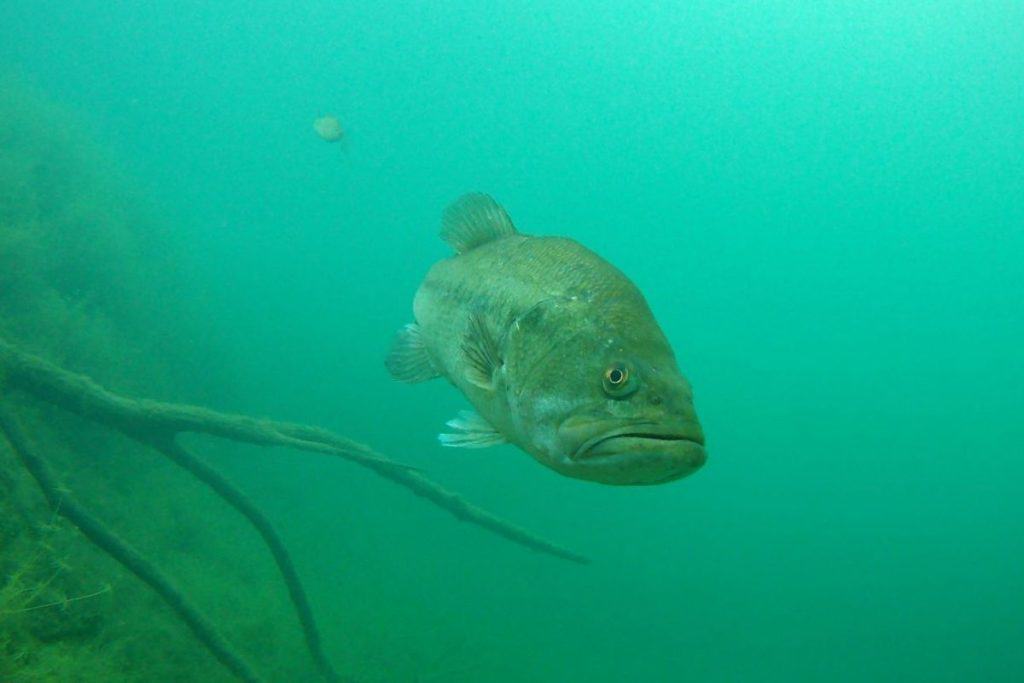
Always Be Watching the Conditions When Bass Fishing
Lowlight periods can result in outstanding bass fishing. But keep an eye on the sky.
When that sun creeps up, think about how those bass are moving and where they are going to avoid the intense rays of light.
Adjust the lure and presentations from covering water to ones that target a more defined area.
Have fun. Be safe and make sure to encourage someone today. You never know how you might change their life forever.
Isaiah 6:8

